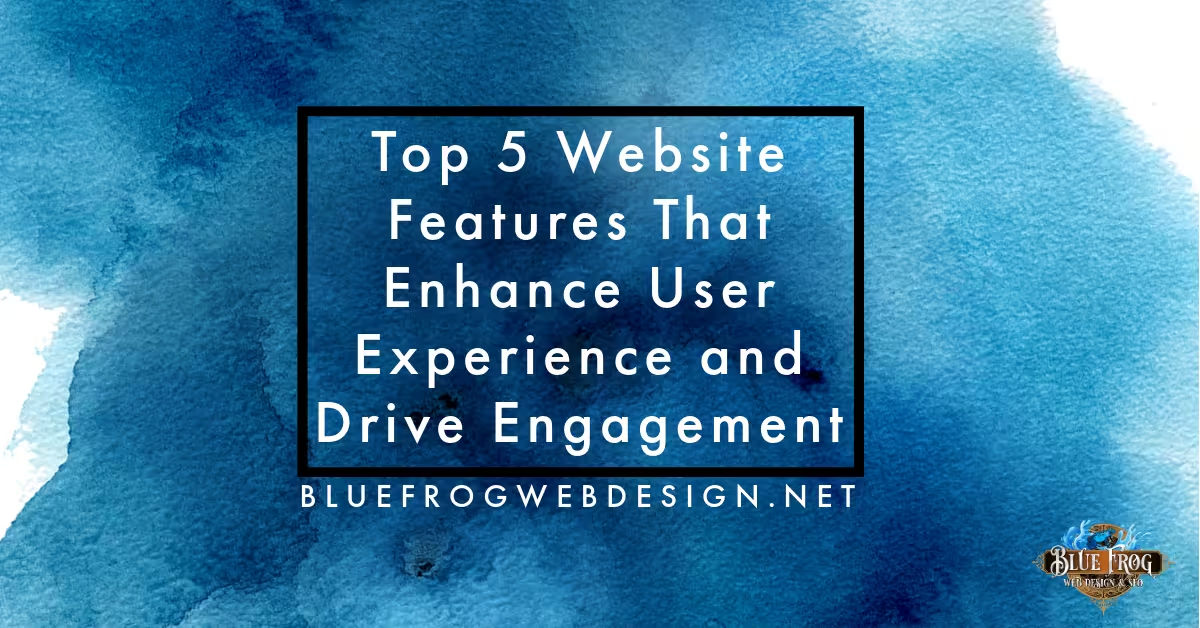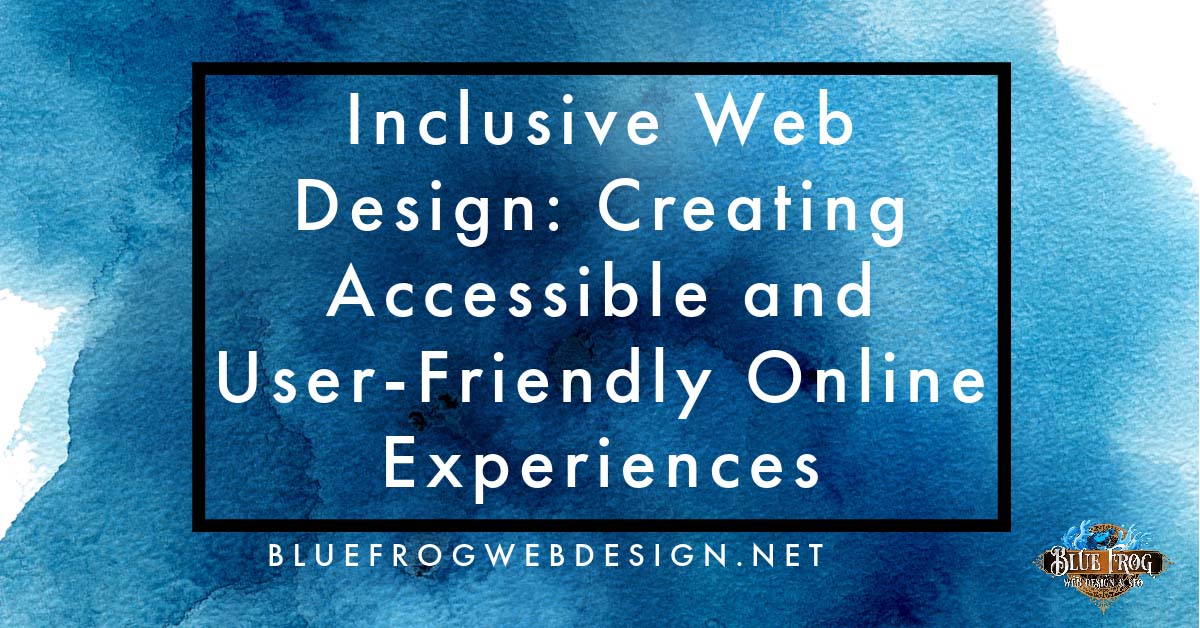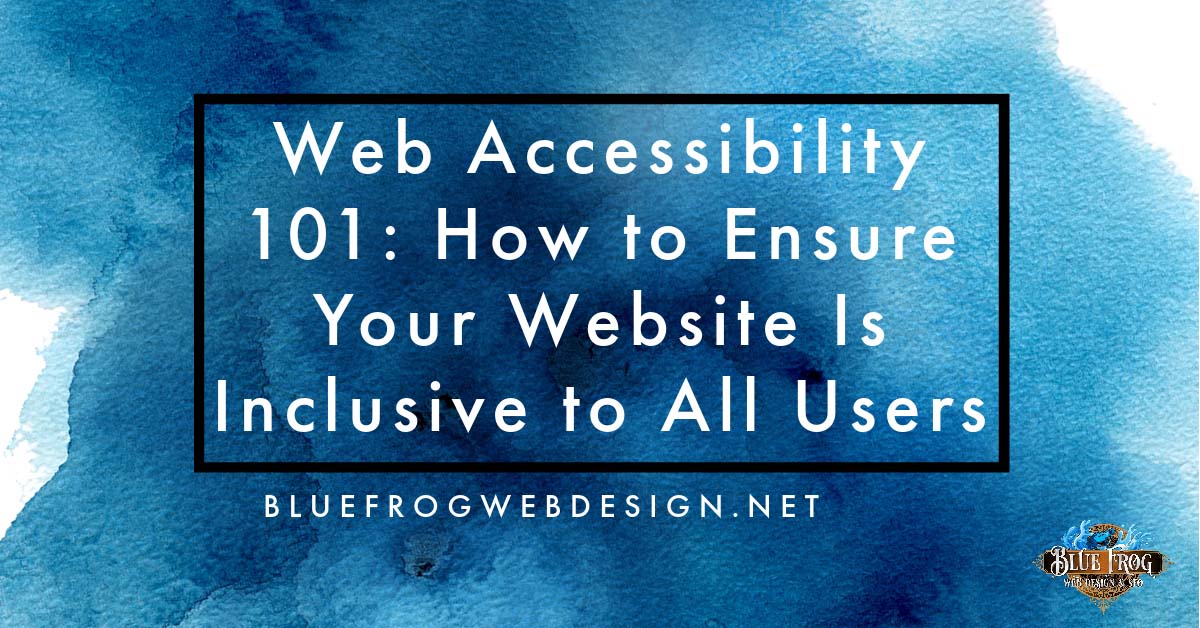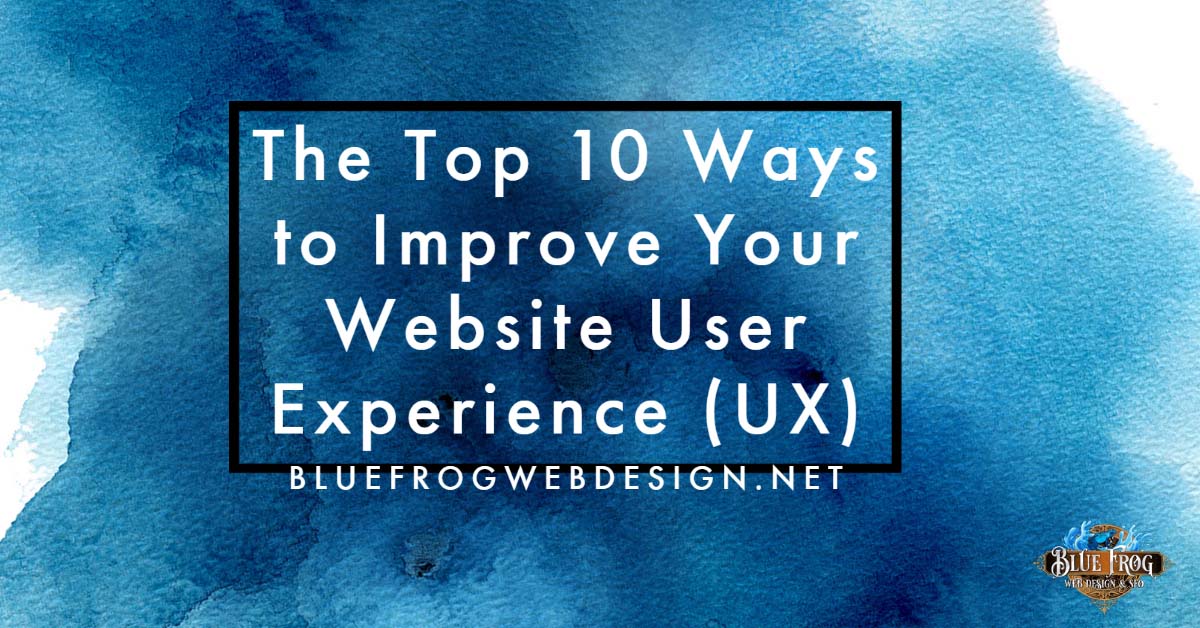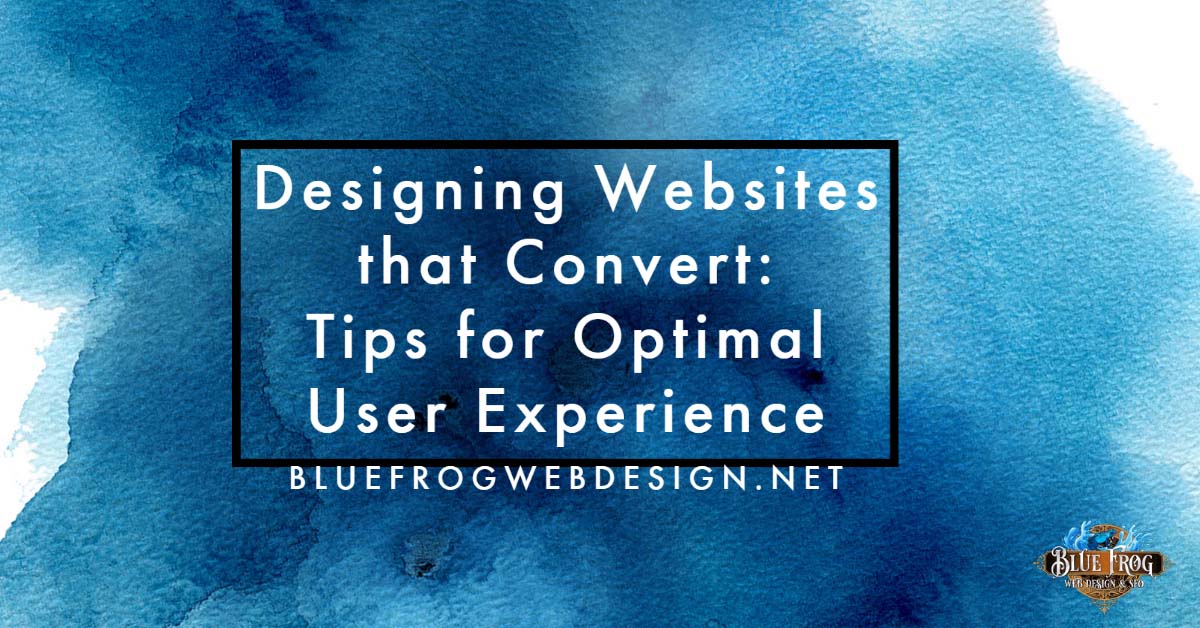Introduction to Website Accessibility and UX Optimization
Website accessibility means making sure everyone can use your website, including people with disabilities. It’s not just a nice thing to do; it’s a must in today’s inclusive digital world. UX optimization, on the other hand, is about making your website easy and enjoyable to use for all visitors. When you merge accessibility with UX optimization, you create a site that not only reaches a wider audience but also provides a better experience for everyone. This combo is powerful. It’s about ensuring your site can be navigated easily by someone using a keyboard instead of a mouse, or by someone who needs to use a screen reader because they can’t see the screen clearly. It’s making sure the text contrasts enough with the background so everyone can read it without straining their eyes. Think of accessibility as opening your website’s front door to everyone, and UX optimization as giving them a smooth, enjoyable walk through your site. Together, they make sure everyone can participate, no matter their ability.
Understanding the Importance of Website Accessibility
Making your website accessible means ensuring it can be used by as many people as possible, including those with disabilities. This isn’t just a nice thing to do; it’s crucial for reaching a wider audience and might even be required by law in some places. When your site is accessible, you remove barriers that might prevent people from fully interacting with your content, services, or products. Imagine someone with poor vision trying to navigate a website with tiny text or bad color contrasts. It’s frustrating and might lead them to leave your site. So, focusing on accessibility is not just about following rules; it’s about providing a quality experience for everyone. Plus, search engines like Google favor accessible websites, which could boost your site’s ranking and visibility. In short, website accessibility widens your audience, meets legal standards, and can even help your SEO efforts.
Basic Principles of UX Optimization for Accessibility
When we dive into UX optimization for accessibility, we hit a few cornerstone principles. First, simplicity is key. Keep everything from navigation to content as straightforward as possible. This means big, clear buttons and intuitive layouts. Users, regardless of their abilities, should find what they need without hassle. Second, consistency matters. Stick to familiar patterns and conventions in web design. People expect certain things, like navigation menus at the top or links in a different color. Mess with this, and you confuse everyone. Third, offer choices. Not everyone interacts with content the same way. Some prefer reading, others listening. So, offer text for those who read and audio for those who listen. Include captions for videos too. Finally, give feedback instantly. When users take action, like clicking a button, let them know it worked. A simple color change or a message can do the trick. Stick to these basics, and you improve accessibility significantly. It’s about ensuring everyone gets a seat at the table, not just the few.
Designing for a Wider Audience: Tips to Improve Accessibility
Designing for a wider audience means making sure everyone, including people with disabilities, can use your site easily. Start by choosing clear, readable fonts and contrasting colors to help those with visual impairments. Implement keyboard navigation for those who can’t use a mouse. Add alt texts to images so screen readers can describe them to visually impaired users. Keep your site layout simple and predictable, which helps everyone navigate your pages without confusion. Remember, making your website accessible is not just nice to do; it’s essential. By following these tips, you’re not only opening up your content to more people, but you’re also improving the overall user experience for everyone.
Easy Navigation: Simplifying User Experience
Making your website easy to navigate is like laying out a welcome mat for everyone. It’s key to a smooth user experience (UX). Here’s how you can keep it simple and user-friendly: First, make sure your menu is straightforward. Stick to familiar terms and arrange items logically. This helps users find what they need without getting lost. Second, use clear labels for buttons and links. If it says “click here,” everyone should know where they’re headed. Lastly, consider the layout. Keep important stuff at the top or where it’s easy to spot. A clean, organized site means less hassle, more happy visitors. Remember, a website that’s easy to navigate keeps everyone on the right track.
Text and Color Considerations for Better Accessibility
When talking about making a website easy for everyone to use, watching how you handle text and color is key. Keep your sentences clear and direct. Use fonts that are easy to read, and make sure the font size isn’t too small—a size of 16px is generally a good starting point. With colors, the contrast is your friend. The goal is to ensure that text stands out against its background so everyone can read it without straining their eyes. Aim for a contrast ratio of at least 4.5:1 for normal text. This isn’t just for the text; it applies to buttons, links, and other elements too. Avoid using color alone to convey important information. Not everyone will see these colors the same way, if at all. Adding text labels or icons can help get the message across to everyone. Keeping these points in mind helps make your website not just usable, but welcoming to a wider audience.
Interactive Elements and Accessibility Features
When we talk about making your website accessible, interactive elements and features play a huge role. First off, ensure all your buttons are clearly labeled. Users with screen readers should be able to understand each button’s purpose without seeing it. For example, instead of a button just saying “click here,” it’s more helpful if it says “Read more about our services.” This tiny change makes a big difference.
Next, consider keyboard navigation. Not everyone uses a mouse. Some folks rely on keyboards. So, your website must work well for someone navigating solely with keyboard shortcuts. A simple test? Try using your website without a mouse. If you struggle, it’s time for some tweaks.
Don’t forget about color contrast. It’s not just about looking pretty. Good contrast helps users with visual impairments read your text without straining. There are online tools to check your website’s contrast. Aim for a contrast ratio of at least 4.5:1 for normal text.
Lastly, pop-ups and moving content can be a nightmare, especially for users with cognitive disabilities. If a pop-up is a must, make sure it’s easy to close without having to chase a tiny “X” around the screen. For moving content, always provide a way to pause or stop the movement.
Make these adjustments, and you’ll not only make your website easier to use for everyone, but you’ll also likely see a boost in engagement. Remember, an accessible website is a friendlier website.
Testing and Feedback: Ensuring Effective UX for All Users
Getting real people to test your website is crucial. They’ll catch issues you missed. Aim to include a diverse group, considering age, tech savviness, and accessibility needs. This mix ensures you’re not designing for just one type of user. Feedback is gold. Listen to it. It points out what works and what frustrates. Tools like surveys or direct interviews can help gather this valuable input. Also, leveraging technology like screen readers in your testing process can offer insights into how accessible your website genuinely is. Remember, testing isn’t a one-time thing. Keep iterating. As you make changes, test again. This cycle helps refine user experience, making your website welcoming to everyone.
Legal Implications of Website Accessibility
Website accessibility isn’t just about being nice; it’s a legal must in many places. Here’s why: Laws around the globe, like the Americans with Disabilities Act (ADA) in the USA, set rules that websites should follow to make sure everyone can use them, no matter their abilities. If your site isn’t up to these standards, you could face some serious legal troubles, including hefty fines and lawsuits. This has happened to big names and small ventures alike, proving no one’s off the hook. The message is clear – make your website accessible or be ready to deal with the consequences. Plus, making your site accessible opens your content up to a wider audience, which is a win-win in the book of business and ethics. So, it’s not just about avoiding legal issues; it’s about being inclusive and reaching more people.
Conclusion: Building a More Inclusive Digital World
To wrap up, making your website more accessible isn’t just about ticking off a checklist; it’s about embracing a mindset of inclusivity. By optimizing your site’s UX for a wider audience, you’re opening doors for more people to engage with your content, products, or services. Simple changes, like ensuring clear navigation and using readable fonts, can significantly impact. Remember, accessibility benefits everyone, not just those with disabilities. By taking steps towards a more inclusive digital world, we show empathy and understanding towards all user needs, making the web a better place for everyone. Let’s strive to make accessibility a core part of our design philosophy, not an afterthought.






Need help with your marketing?
Let my team help you like we’ve helped lots of other businesses dominate their rankings and attract better-quality leads.







